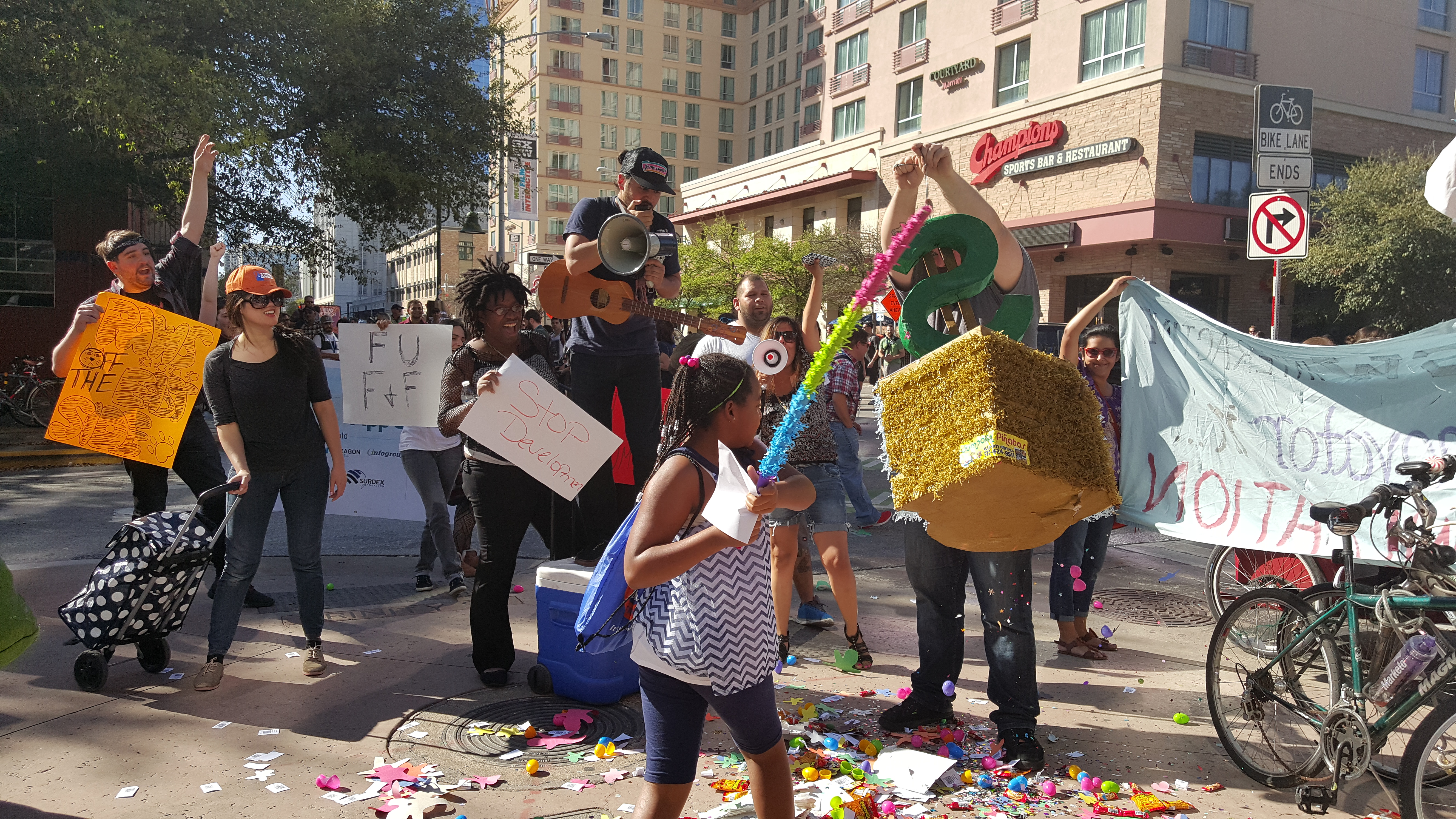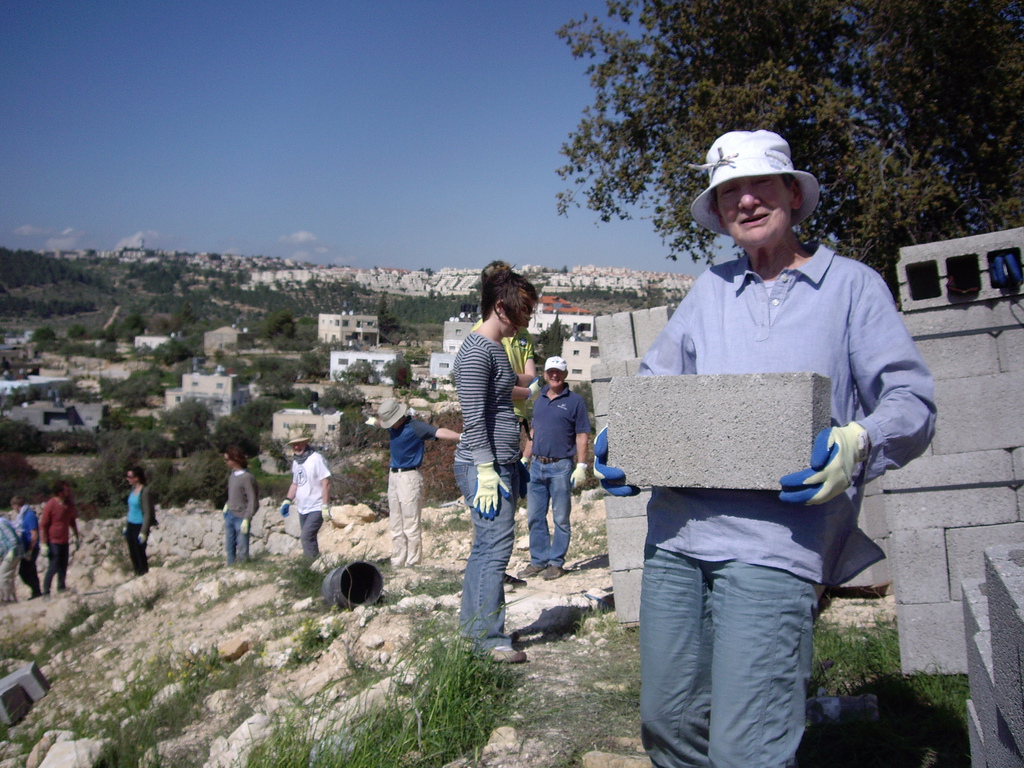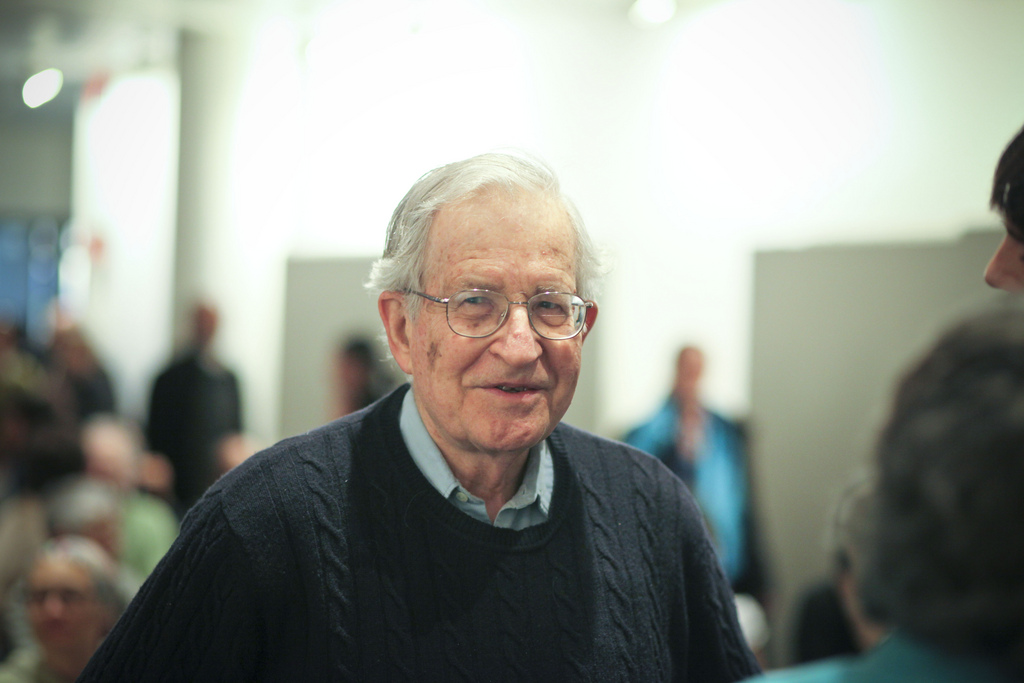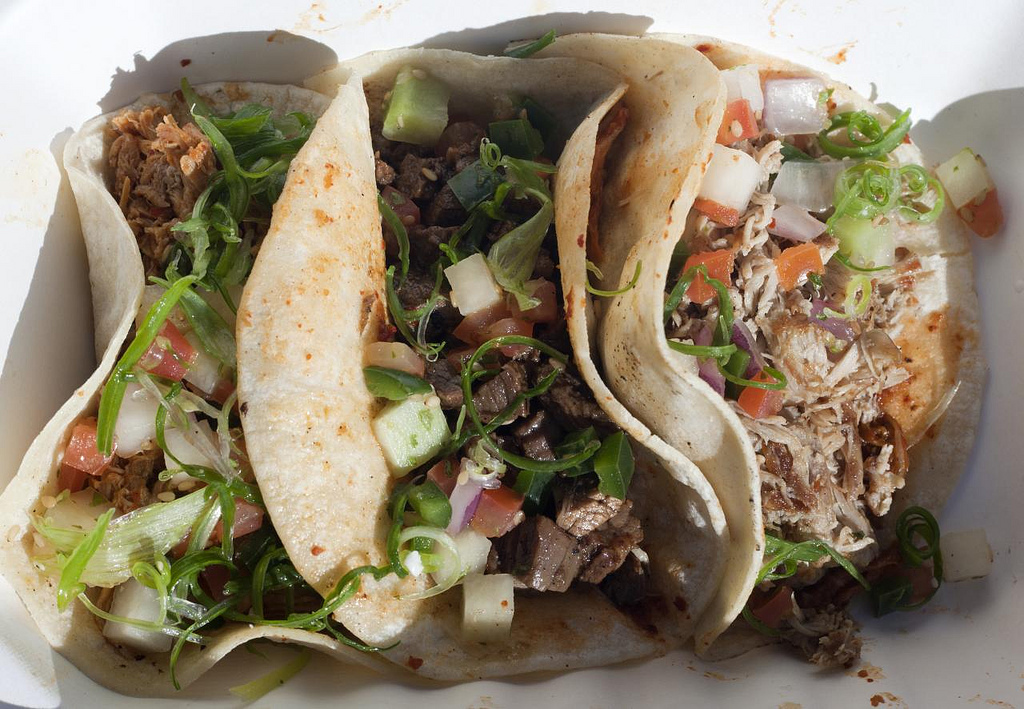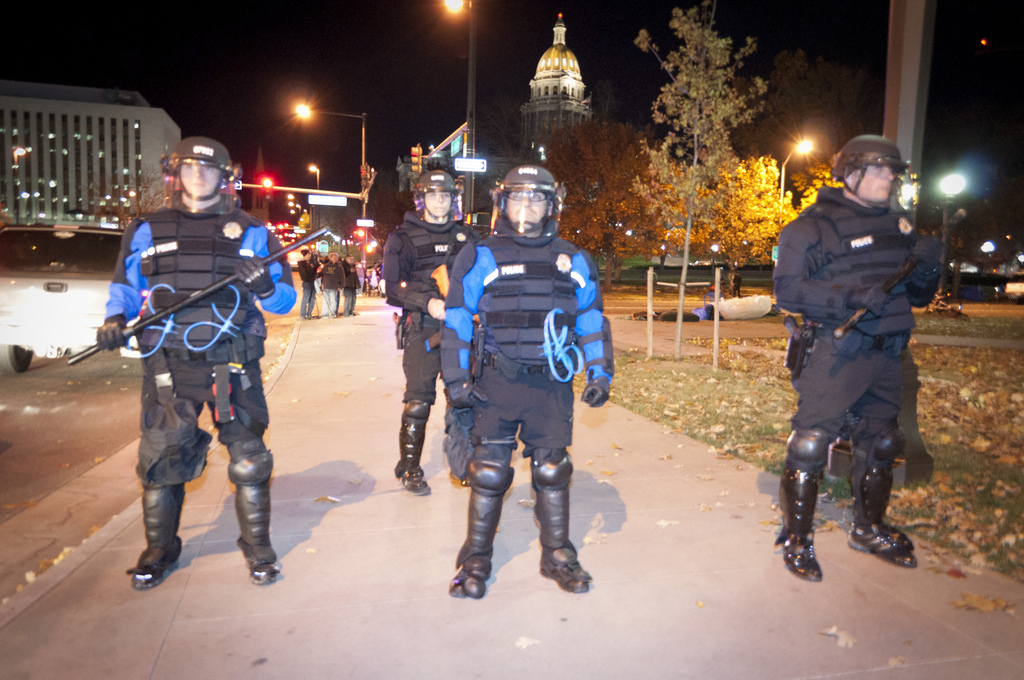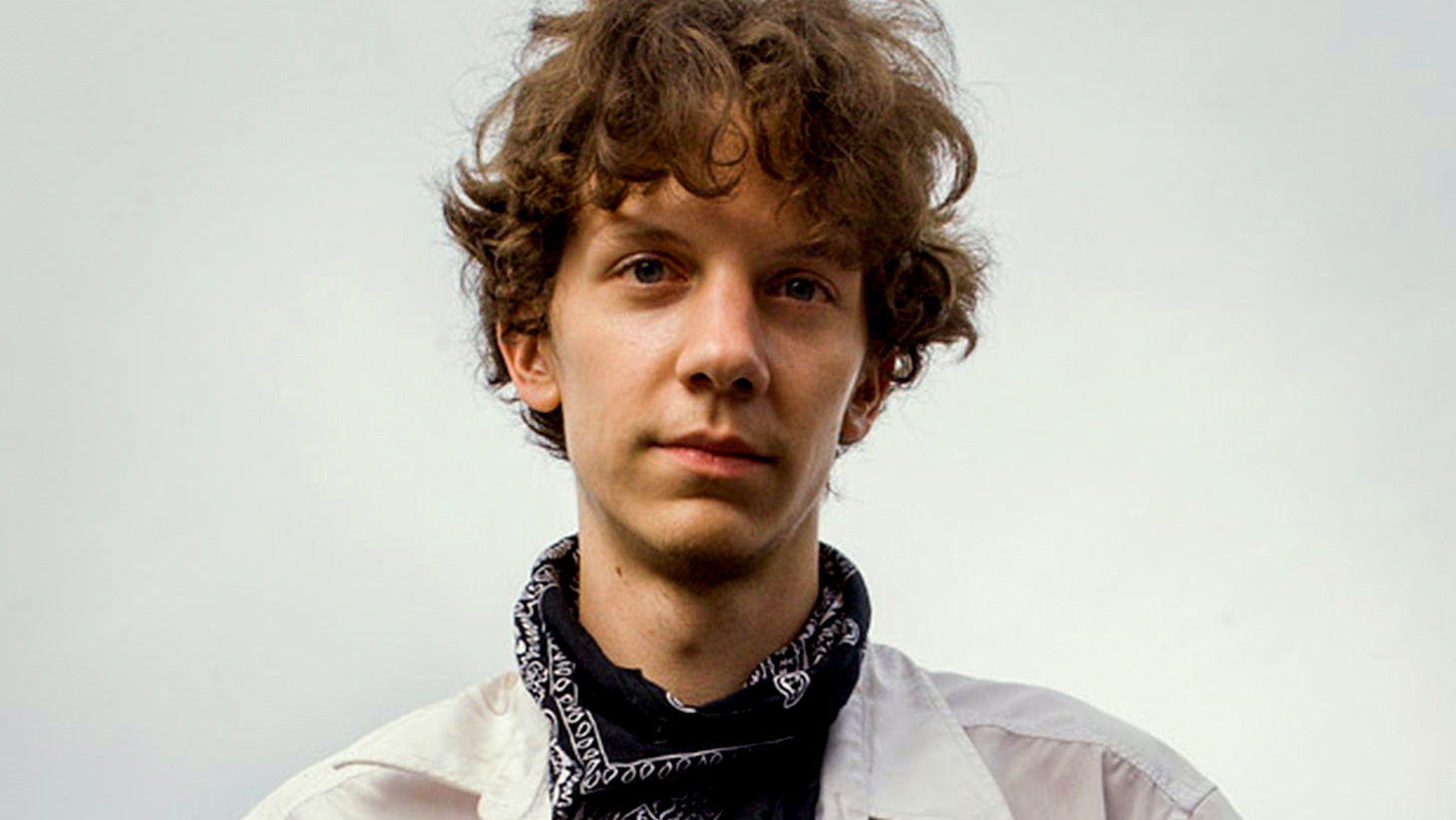Yesterday I was sitting outside the Austin Convention Center eating some macaroni and cheese when I heard the sounds of a protest.
Strangely (for me), my initial reaction was mild annoyance. Usually I love a good protest, but just a few minutes before I’d witnesses a few dozen SXSW badgeholders march past while chanting about sheep and dreams. It wasn’t real activism, but actually a promotional event for a movie premiering at the film festival.
So when I heard another group of marchers, I assumed it was more corporate faux-grassroots astro turf.
Then, as the group drew nearer, I realized it was the genuine article, a small march organized by Defend Our Hoodz – Defiende El Barrio, a local group struggling against gentrification and inequality in east side Austin.
